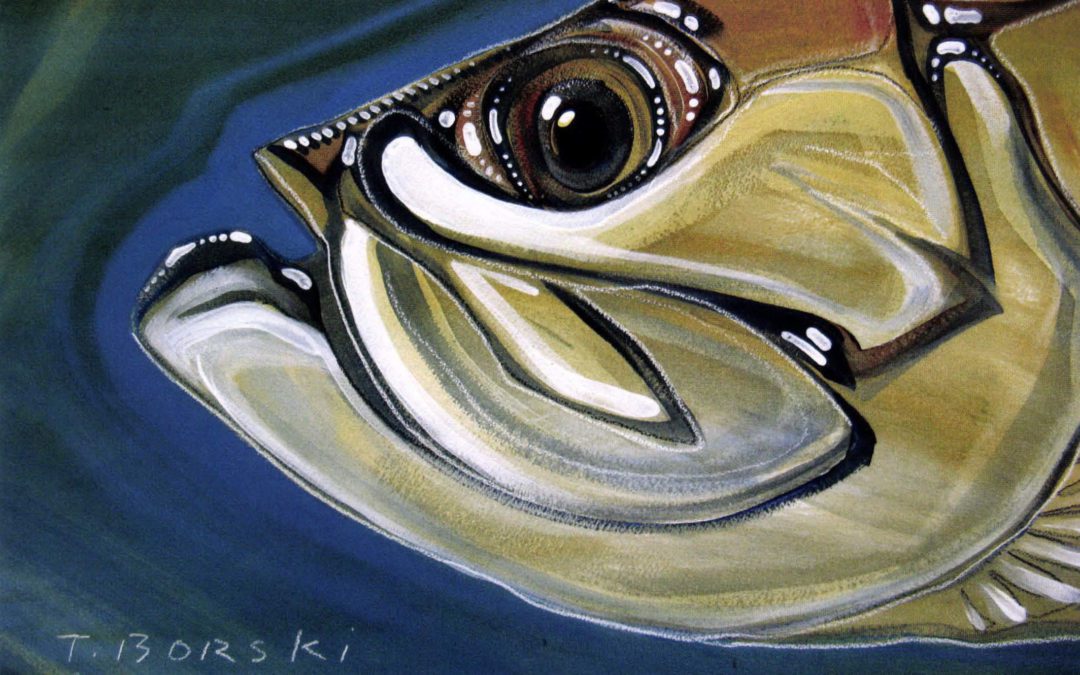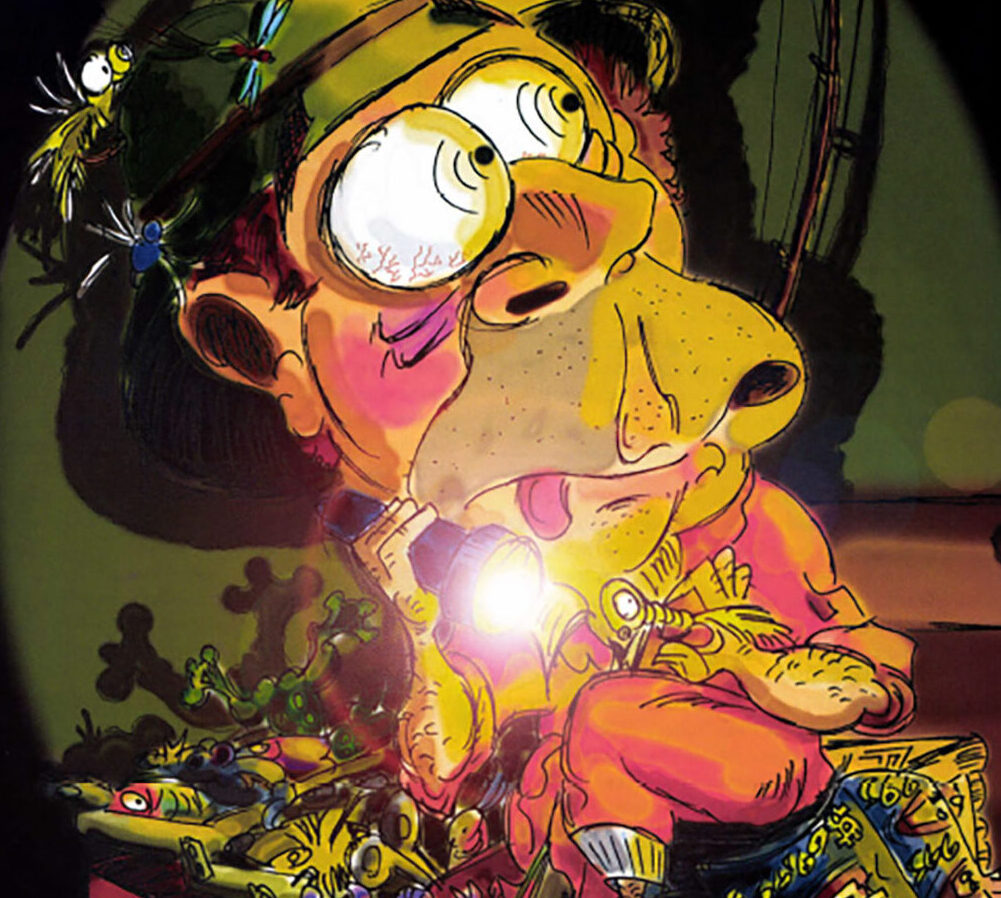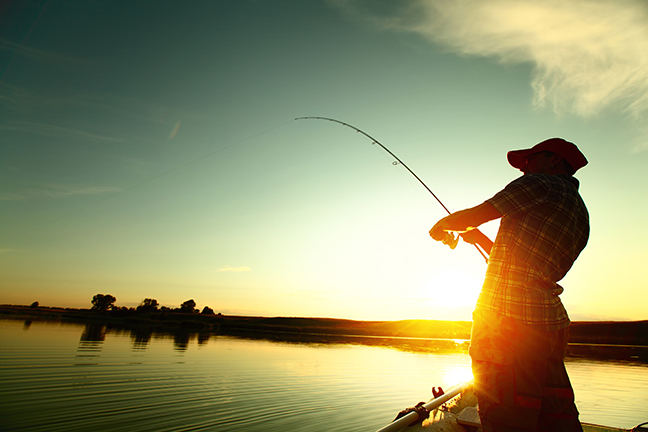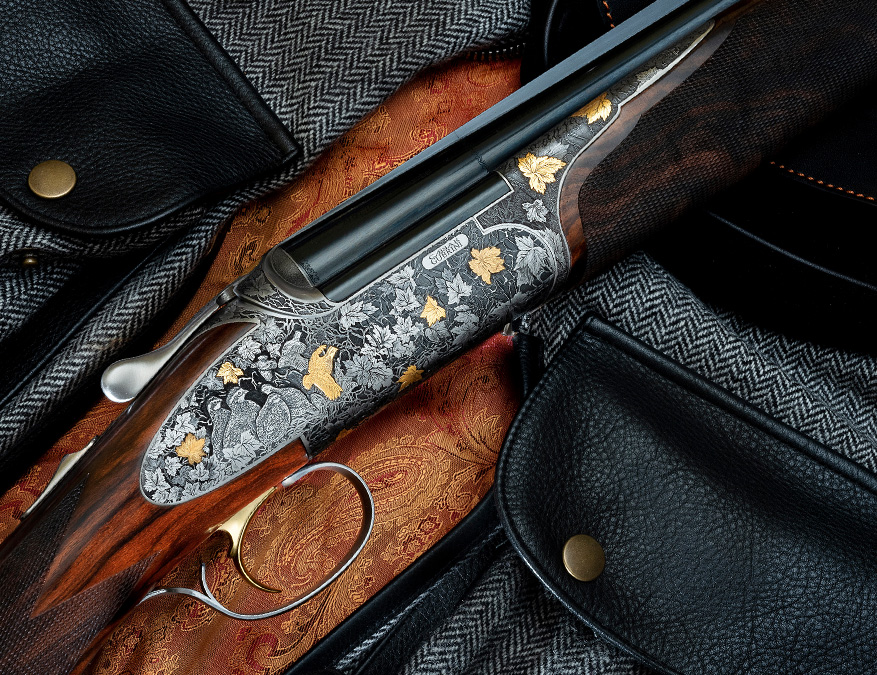Tim Borski is making a career from the same inspiration that compelled him to leave Wisconsin and head to Florida more than 30 years ago.
Tim Borski stood looking at spring snow, nine inches of heartbreaking fluff. The day prior had been in the 70s, and he had caught about 50 smallmouth bass from the Wisconsin River and had gone to bed early with plans to rise with the sun and fish the liver again. That cold morning, however, he tempered his disappointment with silver images of bone fish and clear water that he’d been seeing in his father’s magazines, Outdoor Life and Field & Stream. At age 23 in year 1983, he had an epiphany – not his first, but perhaps his most significant.
His first had come a few years earlier, in the late ’70s. He had taken a job at a factory right out of high school. His boss was a guy named Rich, who had a prosthetic leg. One day he and Rich worked together running a sanding machine. In the course of the shift, Rich said an accident at that very factory had cost him his leg. Rich also confessed that his pay was only a buck-seventy more an hour than Tim’s but that he received “three weeks of vacation.”
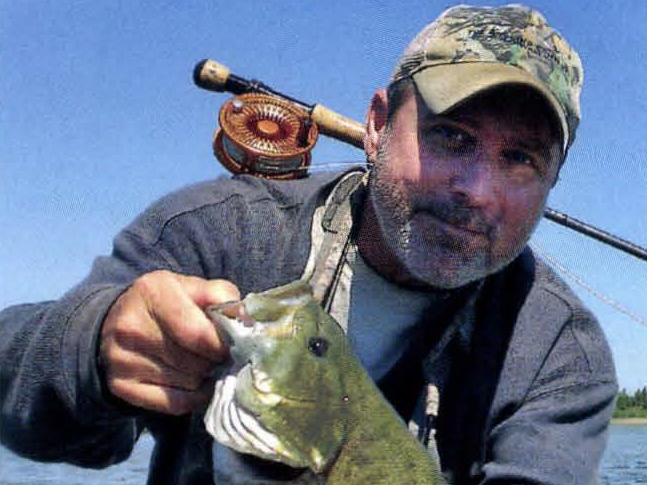 Right there, Tim had his first epiphany. As he says, “Three weeks’ vacation just wasn’t going to work. I quit my job and applied at the University of Wisconsin -Stevens Point the next day.”
Right there, Tim had his first epiphany. As he says, “Three weeks’ vacation just wasn’t going to work. I quit my job and applied at the University of Wisconsin -Stevens Point the next day.”
He was accepted and enrolled. His first semester included a watercolor class that he added to simply fill out his schedule. Of that class, Tim says, “I had no idea of what I wanted to do for the rest of my life but the class gave me a direction to head.”
So, on that morning of deep snow and deeper disappointment, Tim’s big epiphany pointed a path straight to South Florida. He went to his bank, withdrew his money and bought a round-trip ticket to Miami. In Miami, he lucked into an open date with Capt. Bill Curtis, a legendary bonefish guide. Many flats guides have reputations as being curmudgeonly, but Captain Curtis tolerated Tim’s poor casting and inability to hook a bonefish. He also kept Tim on the flats for more than 12 hours, and finally, toward early evening Tim cast a shrimp in front of a cruising bonefish and hooked it.
“That fish ran and ran and ran some more. I couldn’t believe a bonefish could fight harder than a muskie. It was an eleven-pounder and it was a life-changer.”
That night he tore up the ticket for his return flight, called the folks back home and said, “Don’t wait up.” He didn’t return to Wisconsin for 23 years.
As fortune (or destiny) would have it, he got a job at a craft store – a job he had for seven or eight years – that gave him access to paints, tying materials and a kindly boss who happened to be married to Frank Oblak, a light tackle and fly fishing legend. And the rest, as they say, is history.
Since the early 1990s Tim has made his living tying flies and selling paintings. His flies originate on the flats but many can catch fish most everywhere else. The Bonefish Slider and Chernobyl Crab are two of his more well-known patterns. His flies are sold by Orvis, Umpqua and other fly fishing companies. His paintings are in galleries from Key West to Key Largo but most of his work is sold through his website, www.tborskiart. com. You can also see his art on T-shirts of his own design or decorating cell phone covers and improving the appearances of various fly reels.
Tim ties his flies to be suggestive of forage rather than imitative. He prefers natural materials and natural color schemes but dabbles with synthetics in a pinch or when he just feels like it.
“My style of tying tends to produce flies that resemble nothing specific; rather, they are buggy morsels that suggest a little bit of a lot of different fish food,” Tim explains. “The magic of my style of tying is you can tweak everything on the fly to catch redfish near the mainland in South Florida or smallmouth or carp in Wisconsin or trout in Montana.”
Of all the flies he’s tied, he’s most proud of the Chernobyl Crab. “When I tied the first one, I wasn’t trying to mimic anything specific. All I wanted was a good buggy bonefish fly that landed with a splat instead of a clunk.” The result turned out to be a pattern that will catch most any shallow water fish that swims.
“Although I probably have some patterns that are better known, it’s the Chernobyl Crab I reach for more often than others, whether I’m here in the Keys or traveling to other fisheries around the country or abroad. It’s simply worked for me in so many different scenarios that I have complete confidence in it and that probably translates into my fishing it better.”
His paintings are inspired by the fish and birds that thrive on the saltwater flats and backcountry of the Everglades. He paints much how he lives and ties: the way he wants to.
“I have seen some people whose paintings are realistic and very technical. I don’t have the patience to paint like that. I typically begin and finish a piece in two sittings. If it drags out beyond that, it tends to get put aside for a while as I rethink it.
“I paint how I want to paint. I focus on the initial concept in terms of composition and typically am faithful to the subject, but once I’m satisfied with the initial sketch, I’ll allow myself to wander – within reason, of course.”
Tim’s work is evidence that he ties and paints to the tune of his own drummer. A few moments of conversation with him reveals a similar unique character, marked at once by the intensity of a cold winter storm but the relaxation of a sunset in the Keys.
 Milton Weiler was a gifted artist who could recreate in his watercolors the look and feel of a winter marsh, an autumn grouse woods, or a springtime trout stream. He created covers and illustrations for many sporting magazines and books. Buy Now
Milton Weiler was a gifted artist who could recreate in his watercolors the look and feel of a winter marsh, an autumn grouse woods, or a springtime trout stream. He created covers and illustrations for many sporting magazines and books. Buy Now

